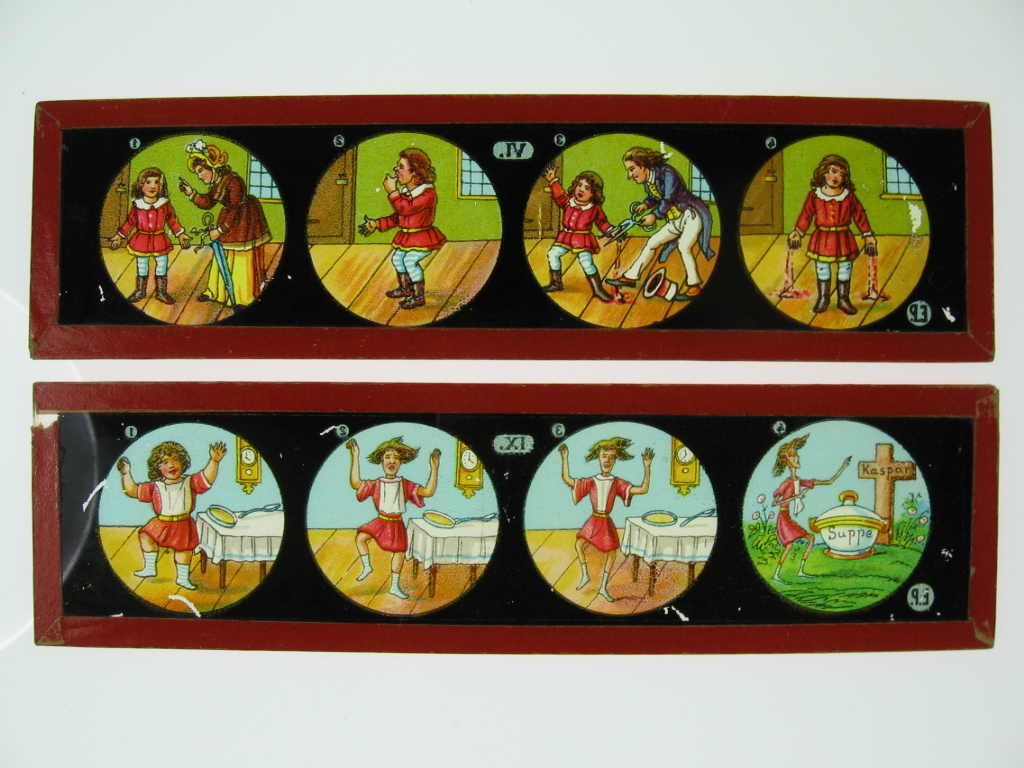Nineteen years after Walt Disney created one of the most famous cartoon characters of all time, Mickey Mouse arrived in Eretz Israel (the Land of Israel). Mickey Ma’oz is considered the first Hebrew comic magazine. The animated bi-monthly series included comic strips featuring Mickey Mouse (Miki Ma’oz), Donald Duck (Danny Avazani), and Pinocchio, as well as local comic heroes like detective David Tidhar, Omer and Gomer, and others, combined with stories on Israeli children and their adventures.
The comics were rhymed and edited by the Israeli author and journalist Yehoshua Tan Pai (1914-88), who published Mickey Maoz—without seeking Disney’s permission—and other children’s books through a small publishing house he founded in Tel Aviv. The magazine included illustrations by Ze’ev Raban (1890-1970), one of the fathers of Israeli art.






